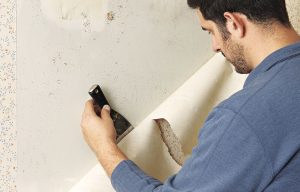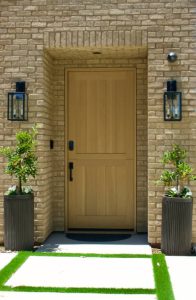Entrance doors
Entrance doors are the primary doors that provide access to a building, home, or room. They serve several important functions, including security, privacy, and aesthetics. Here are some key points about entrance doors:
- Security: Entrance doors are designed to provide protection and protect the occupants of a building or home from unauthorized access. They often feature locks, deadbolts, and other security mechanisms to prevent break-ins.
- Material: Entrance doors can be made from various materials, including wood, steel, fiberglass, and aluminum. The choice of material depends on factors such as durability, aesthetics, and cost.
- Design and Style: Entrance doors come in a wide range of designs and styles to complement the architectural aesthetics of a building. They can be traditional, modern, rustic, or customized to suit individual preferences.
- Features: Many entrance doors come with features like windows, peepholes, mail slots, and decorative glass panels. These features can enhance both the appearance and functionality of the door.
- Insulation: Properly insulated entrance doors help maintain the temperature inside a building, improving energy efficiency and reducing heating or cooling costs. Weatherstripping and seals around the door frame are essential for insulation.
- Size: The size of an entrance door can vary depending on its location and purpose. Front doors are typically larger and more ornate than interior doors, while side and rear entrance doors may be smaller and more useful.
- Maintenance: Depending on the material and finish, entrance doors may require periodic maintenance, such as painting, staining, or sealing, to protect them from the elements and maintain their appearance.
- Accessibility: Entrance doors should be designed with accessibility in mind, ensuring that individuals with disabilities can enter and exit a building easily. This may involve features like ramps, wider door frames, and lever-style handles.
- Fire Safety: In some cases, entrance doors also serve as fire-rated doors, providing a barrier against the spread of fire and smoke in the event of a fire emergency.
- Entry Systems: Modern entrance doors may incorporate electronic entry systems, such as keyless entry, smart locks, or intercoms, for added convenience and security.
- Maintenance and Repairs: Regular maintenance, such as oiling hinges, lubricating locks, and inspecting for damage or wear, is essential to ensure the long-term functionality of entrance doors. Repairs should be promptly addressed to maintain security and weather resistance.
Entrance doors play a crucial role in a building’s overall functionality and aesthetics, and choosing the right one involves considering factors like security, style, energy efficiency, and budget.



